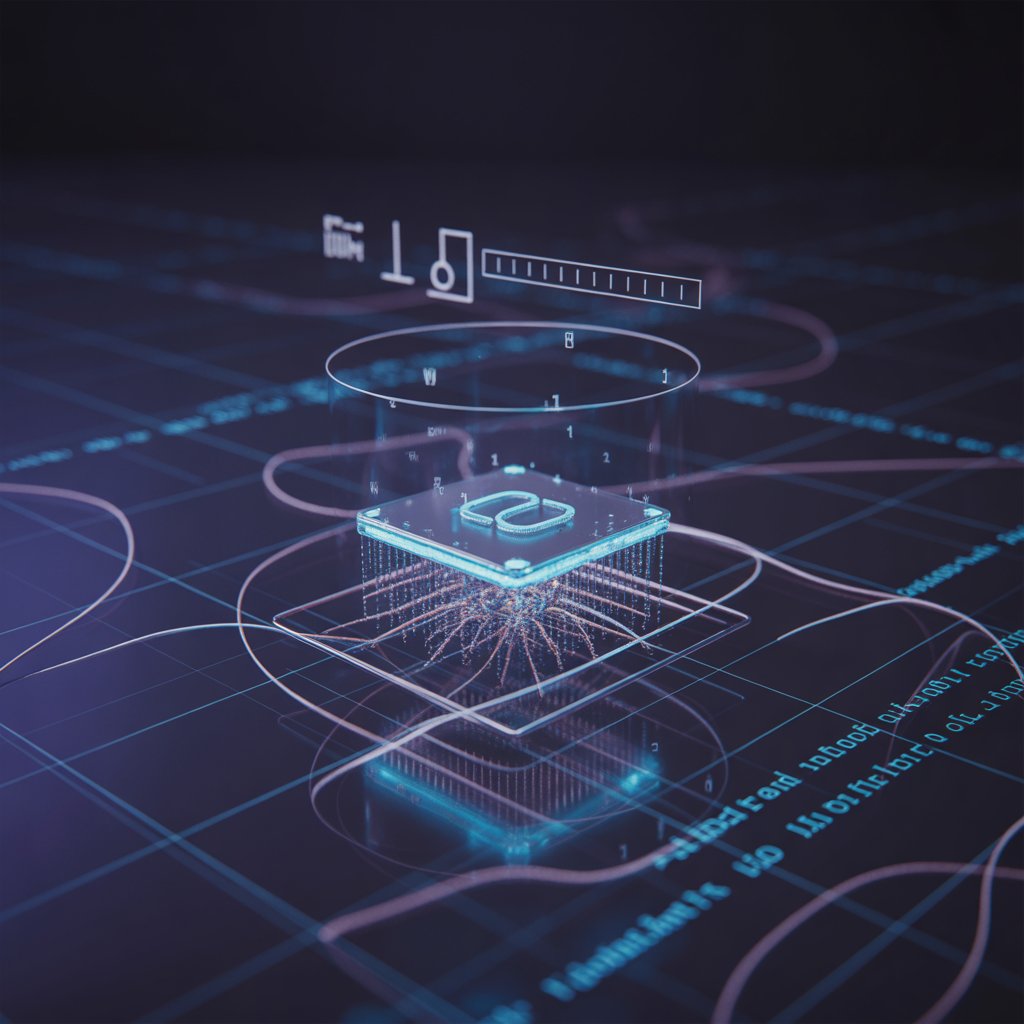

You’ve heard the hype: quantum computing will break encryption, solve global warming, and maybe fix the WiFi at your favorite coffee shop. But let’s get real—96% of quantum computing projects in 2024 failed to deliver any practical business value.
I’m going to show you exactly where quantum computing stands today, why the timeline keeps shifting, and when you might actually need to care about it.
The quantum computing revolution everyone promised is stuck in a weird limbo—technically real but practically useless for most applications. Think of it like having a Ferrari with no roads to drive on.
But here’s where it gets interesting: while commercial quantum advantage remains elusive, the gap between theoretical possibility and practical implementation is narrowing in ways you wouldn’t expect…
Understanding Quantum Computing Fundamentals

How Quantum Computing Differs from Classical Computing
Classical computers are basically fancy calculators—they process information as bits (0s and 1s) sequentially. Your smartphone, laptop, even supercomputers all work this way. They’re predictable and reliable, but they have limits.
Quantum computers? They’re playing a completely different game. Instead of bits, they use quantum bits or “qubits.” And these qubits don’t just exist as 0 or 1—they can be both simultaneously thanks to a weird quantum property called superposition.
Think of it like this: a classical bit is like a coin showing either heads or tails, while a qubit is like a spinning coin—it’s kind of both until you stop it and look.
But that’s not even the strangest part. Qubits can also be “entangled” with each other. Change one qubit, and its entangled partner instantly changes too, no matter how far apart they are. Einstein called this “spooky action at a distance,” and he wasn’t wrong.
This gives quantum computers exponential power. Problems that would take classical computers billions of years to solve could potentially be cracked by quantum machines in minutes.
The Revolutionary Potential of Quantum Supremacy
Quantum supremacy sounds like something from a sci-fi movie, but it’s actually a milestone we’ve already glimpsed. It’s the point where a quantum computer solves a problem that’s practically impossible for classical computers.

Google claimed this breakthrough in 2019 when their 53-qubit Sycamore processor completed a calculation in 200 seconds that would have taken the world’s fastest supercomputer 10,000 years. IBM disputed this claim, but the race was on.
What makes quantum supremacy so revolutionary isn’t just bragging rights—it’s what comes after. When fully realized, quantum computers could:
- Discover new materials and medicines by simulating molecular structures
- Crack encryption systems protecting everything from banking to national security
- Optimize logistics for entire supply chains in real-time
- Revolutionize AI by processing massive datasets instantaneously
The economic impact? Potentially trillions of dollars across industries. But we’re not there yet—today’s quantum computers are still more like prototypes than practical tools.
Key Quantum Concepts: Superposition, Entanglement, and Quantum Gates
Superposition is quantum computing’s first mind-bender. Classical bits are definitive—0 or 1. Qubits exist in both states simultaneously until measured. This isn’t just doubling your computing power; it’s exponential growth. With just 300 qubits, you could represent more states than there are atoms in the universe.
Entanglement is even weirder. When qubits become entangled, they form a system where the state of each qubit can’t be described independently. Change one, and its partner instantly changes too—regardless of distance. Einstein found this so bizarre he thought it disproved quantum mechanics entirely.
Quantum gates manipulate qubits, similar to how logic gates control classical bits. But quantum gates preserve superposition and entanglement, allowing for operations impossible in classical computing:
| Classical Gate | Quantum Gate | Key Difference |
|---|---|---|
| AND, OR, NOT | Hadamard, CNOT, Pauli-X | Quantum gates operate on probability amplitudes |
| Deterministic | Probabilistic | Quantum gates maintain superposition |
| Binary output | Complex output | Quantum gates use complex numbers |
The challenge? Quantum gates need to be nearly perfect. Even tiny errors quickly cascade into useless results.
Current Quantum Computing Architectures in Development
The quantum computing race has multiple horses, each with strengths and weaknesses.
Superconducting qubits are the current frontrunners, used by Google, IBM, and others. They work by cooling tiny circuits to near absolute zero, where quantum effects emerge. They’re relatively stable and can be manufactured using modified semiconductor technology, but they’re bulky and require extreme cooling.
Trapped ion systems, championed by IonQ and Honeywell, use electrically charged atoms suspended in vacuum chambers, manipulated by lasers. These systems boast the highest qubit quality and longer coherence times but scale more slowly than superconducting systems.
Silicon spin qubits might be the dark horse. They leverage existing semiconductor manufacturing and operate at slightly higher temperatures. Intel and several startups are betting on this approach for its scaling potential.
Topological qubits remain mostly theoretical but promise inherent error protection through their geometric properties. Microsoft has invested heavily here despite limited experimental progress.
The current state of play? IBM has a 127-qubit processor available through cloud access, while Google operates systems with similar qubit counts. But raw qubit numbers don’t tell the whole story—qubit quality, error rates, and coherence time matter just as much.
